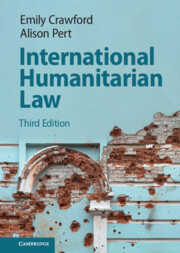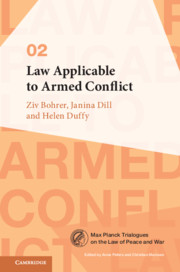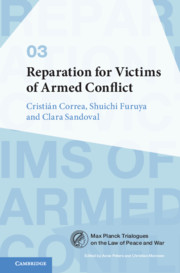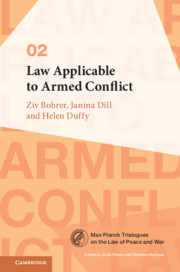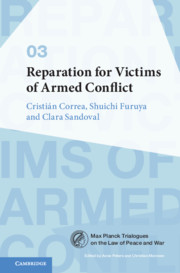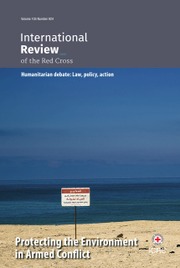International Humanitarian Law
The law that regulates armed conflicts is one of the oldest branches of international law, and yet continues to be one of the most dynamic and relevant areas of law today. Now in its third edition, this textbook provides an accessible, scholarly, and up-to-date examination of international humanitarian law, offering students and teachers a comprehensive and logical discussion and analysis of the law. The textbook contains detailed examples, extracts from relevant cases, and useful discussion questions and a recommended reading list for each chapter, to help students and teachers alike engage with the subject matter, and grasp how the theory and the practice interact. Developing and emerging trends in theory and practice of international humanitarian law are also explored and examined, allowing for readers to build on their knowledge, and grapple with some of the biggest challenges facing the law of armed conflict in the twenty-first century.
- Provides an up-to-date examination of current issues and emerging challenges in international humanitarian law
- Case studies and other real-life examples are provided to illustrate how the law is observed in practice
- Each chapter and subject is contextualized with relevant historical, social, and political background, to help students better understand how international humanitarian law regulates the conduct of participants in armed conflict
Product details
May 2024Hardback
9781009326704
430 pages
251 × 176 × 28 mm
0.91kg
Available
Table of Contents
- Introduction
- 1. Historical development of international humanitarian law
- 2. The contemporary legal basis of international humanitarian law and its fundamental principles
- 3. Types of armed conflict
- 4. Individual status in armed conflict – combatants, non-combatants, direct participation in hostilities and prisoners of war, and detention in non-international armed conflicts
- 5. Protection of the wounded, sick and shipwrecked
- 6. The protection of civilians and the law of occupation
- 7. Targeting
- 8. Means and methods of warfare
- 9. The interaction between international humanitarian law and international human rights law
- 10. Implementation, enforcement and accountability
- 11. Conclusion.

